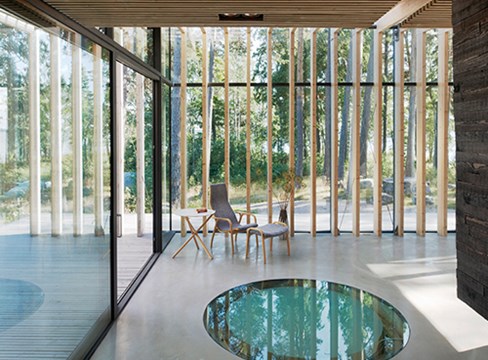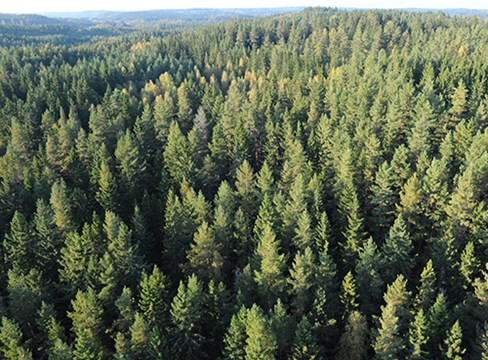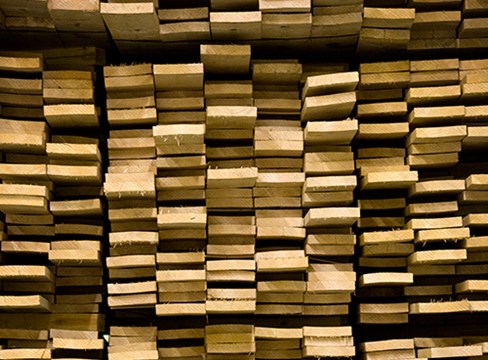Research into wood and moisture
Research into wood and construction is an important issue for Swedish Wood. We work actively to influence Swedish research policy so that more resources are invested in research, development and innovation (RD&I) within our sector.
Wood and construction research
Sweden’s National Research Agenda (NRA) is a joint analysis of priority research areas, carried out by the research community, business and the agencies that fund research. NRA 2020 contains 19 focus areas that relate to the business world. Three of those focus areas – Wood production processes, Building with wood and Living with wood – are specific to the wood sector. The majority of the industry’s RD&I work is conducted through the regional clusters TräCentrum Norr (Skellefteå) and Centrum för Boende och Byggande i Trä (Växjö). The wood department of the Swedish Forest Industries Federation develops and runs the joint RD&I strategy, based on the industry’s express RD&I needs over the long term. The Swedish Forest Industries Federation also works to coordinate RD&I at the regional clusters and activities within European collaborations such as BwW (Building with Wood).
The results of research and development projects are reported by the researchers themselves. For links to research reports drawn up with support from Swedish Wood or the Sawmills Research Foundation, go to Documents, Research results.
Moisture research
The critical air humidity for spruce timber lies at or above a relative humidity of RH 85%. Mould growth is only observed after storage at RH 86% or higher. No growth is detected after storage at RH 80% or RH 83%.
The moisture present in delivered spruce timber dried to a target moisture content of 18% cannot, in itself, cause mould. The movement of moisture from the interior of a length of timber out to the surface is slower than the rate at which the moisture is ventilated away, even in bound and plastic-wrapped packs of timber. The growth of mould thus depends on the presence of an external moisture source.



